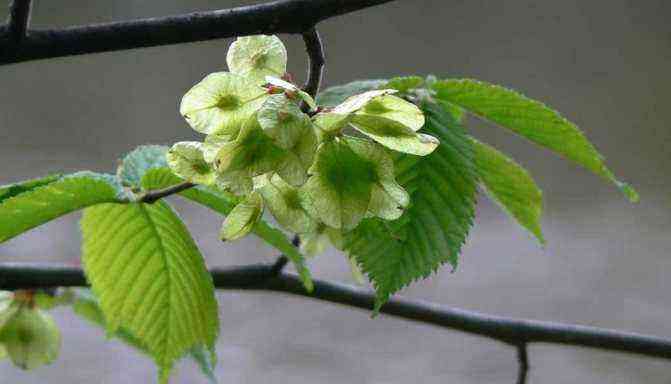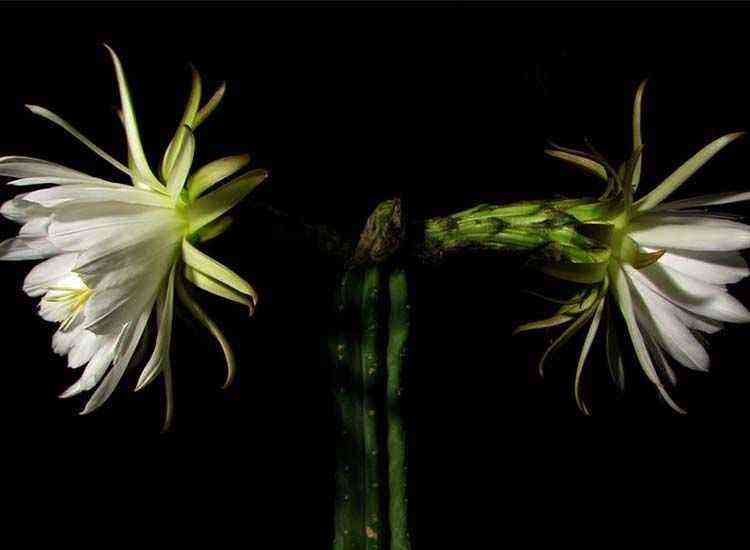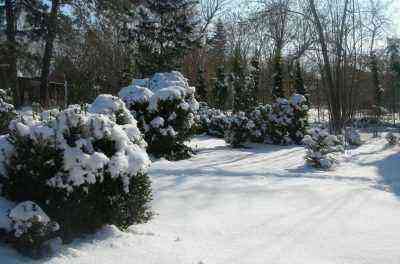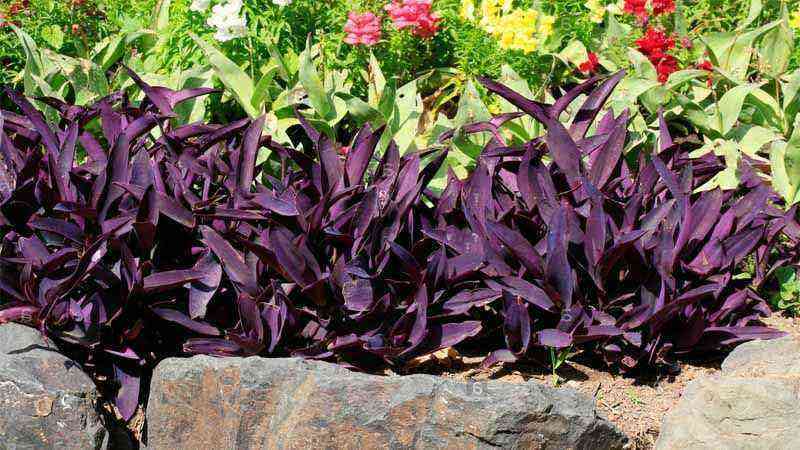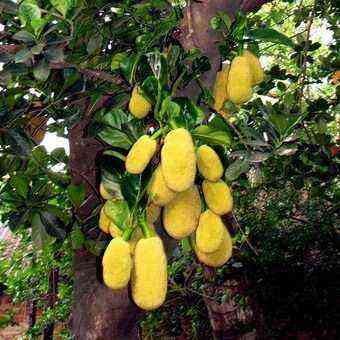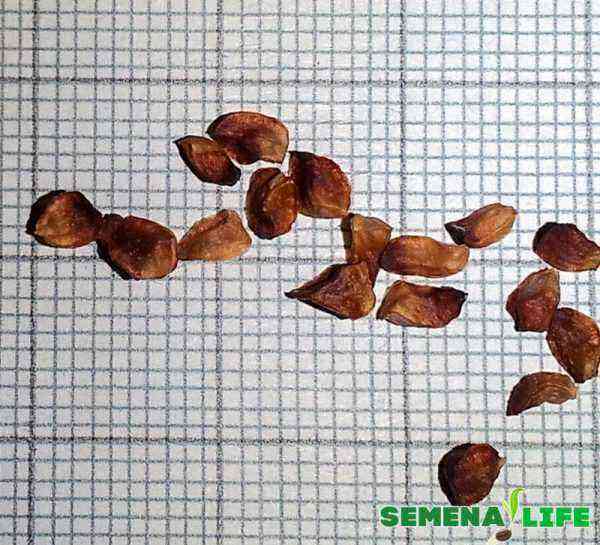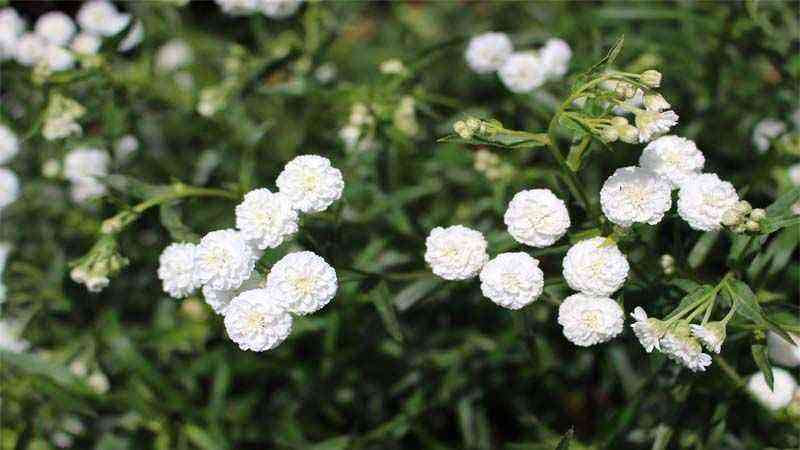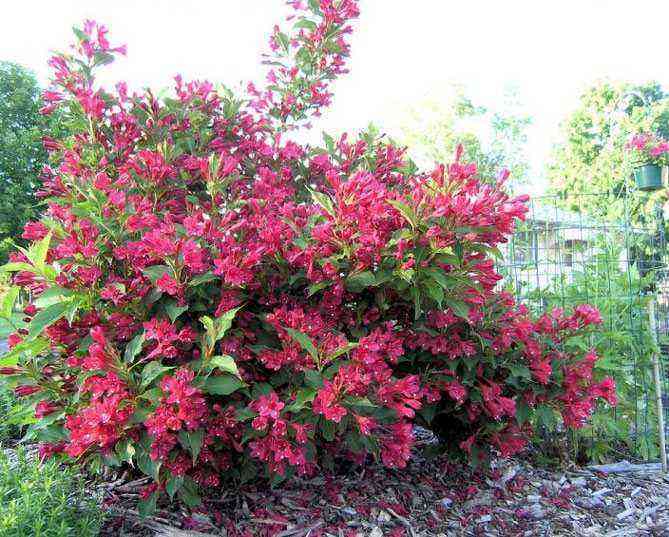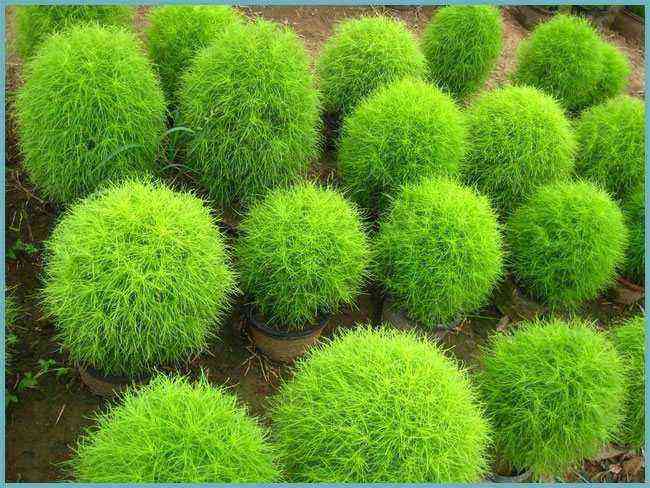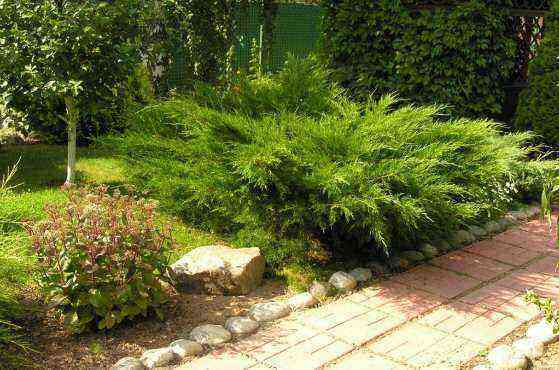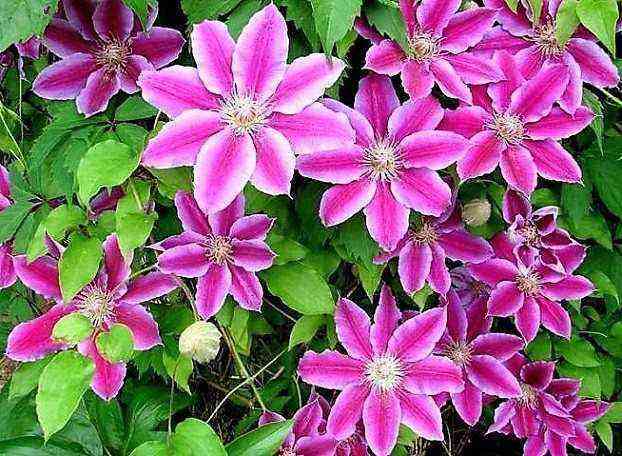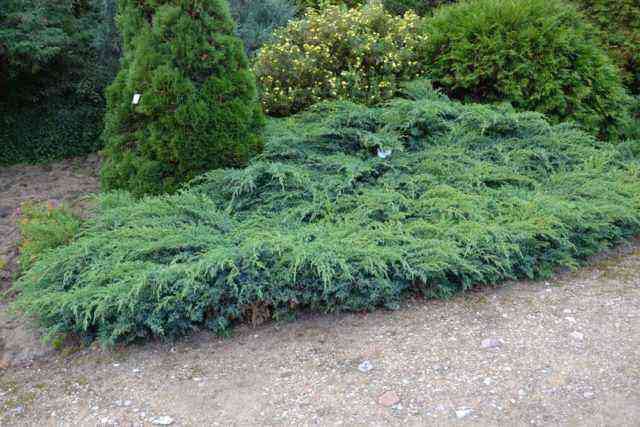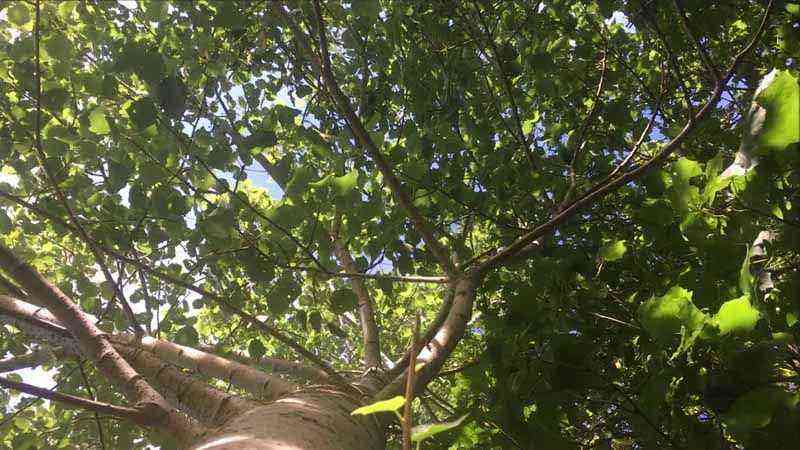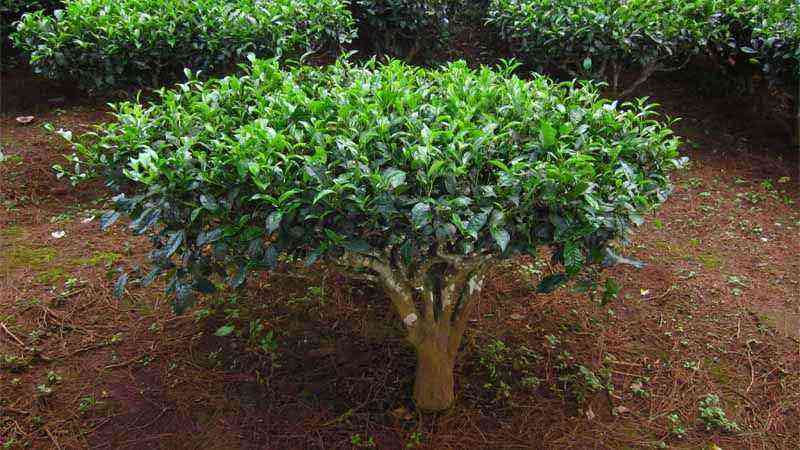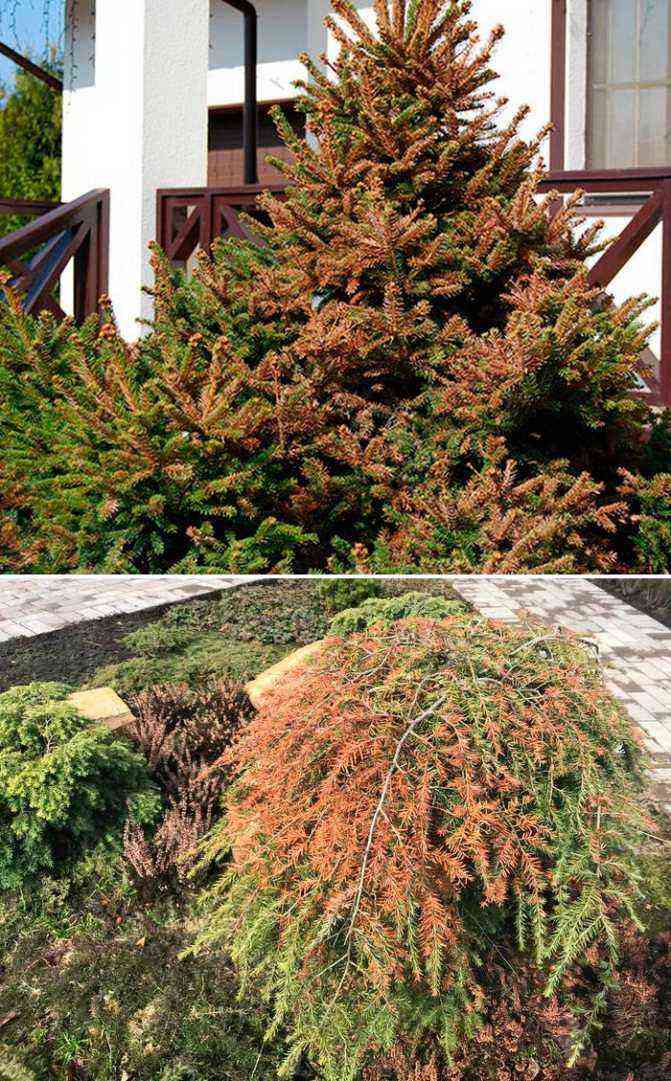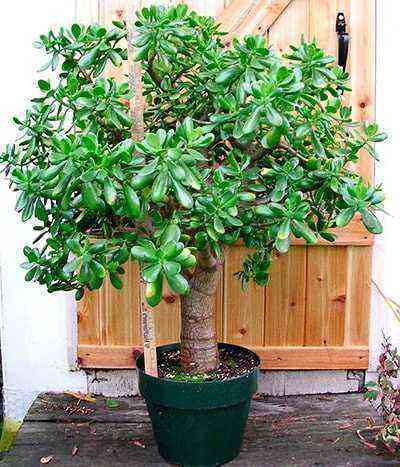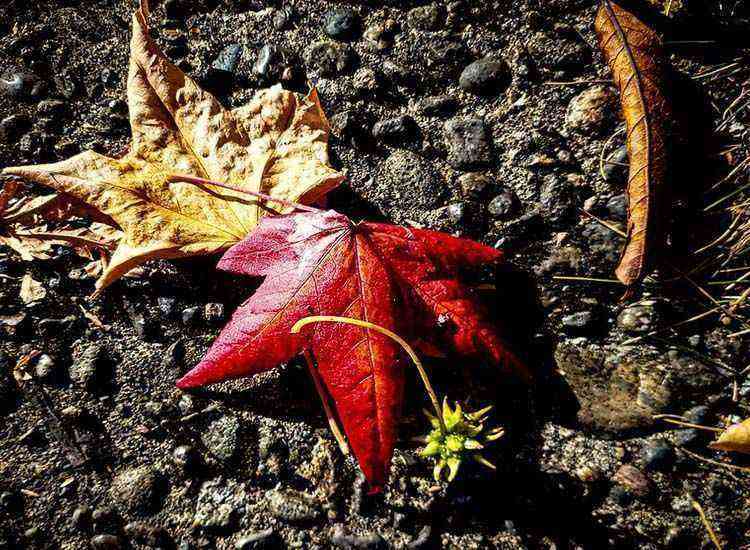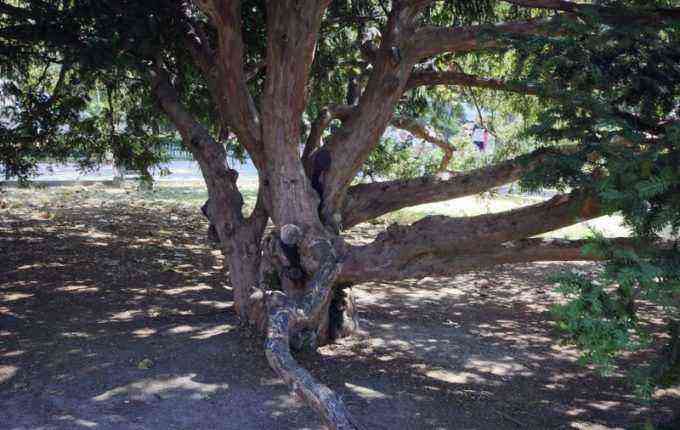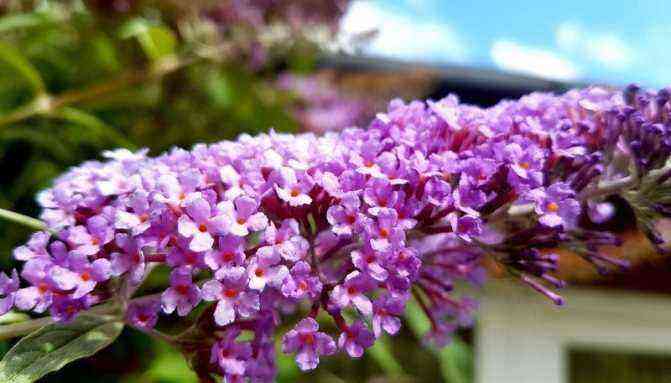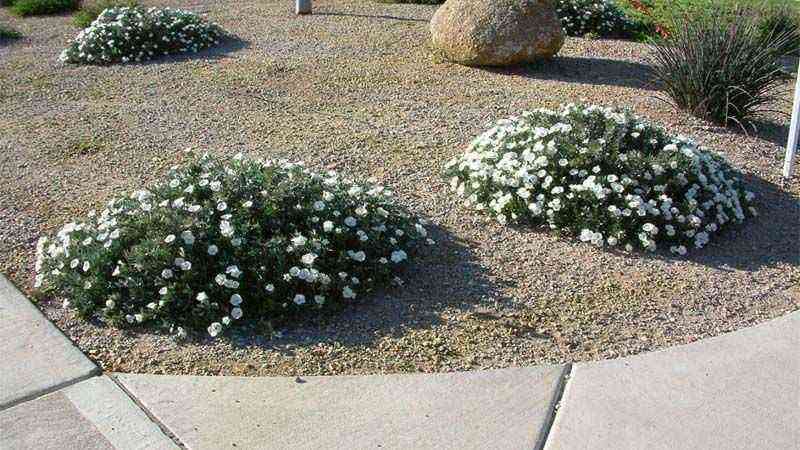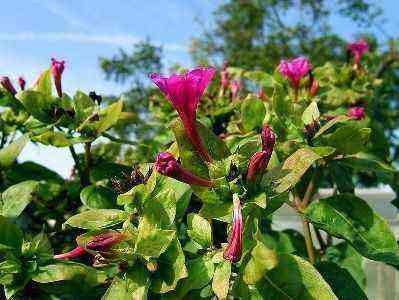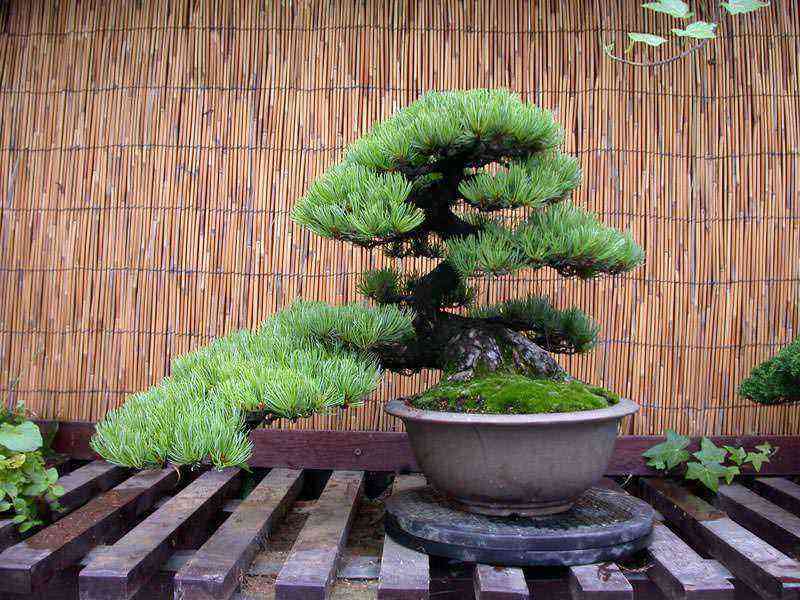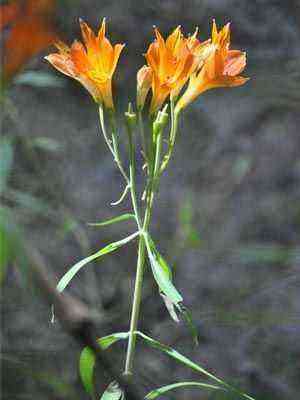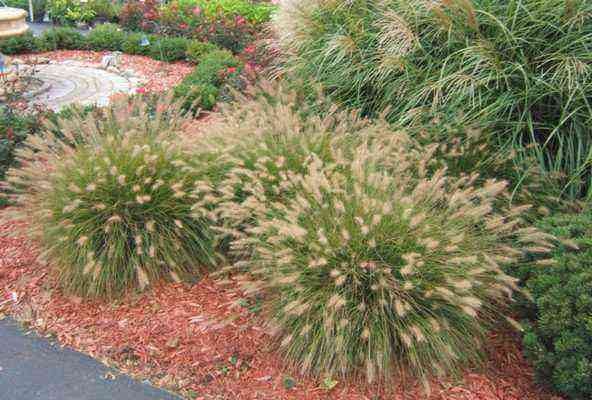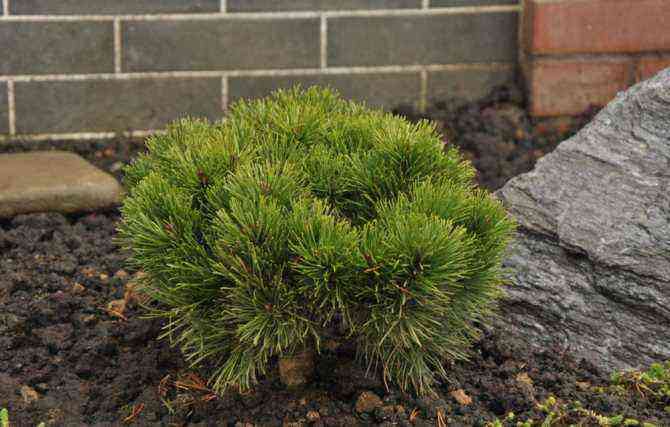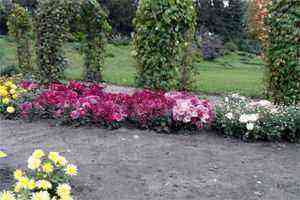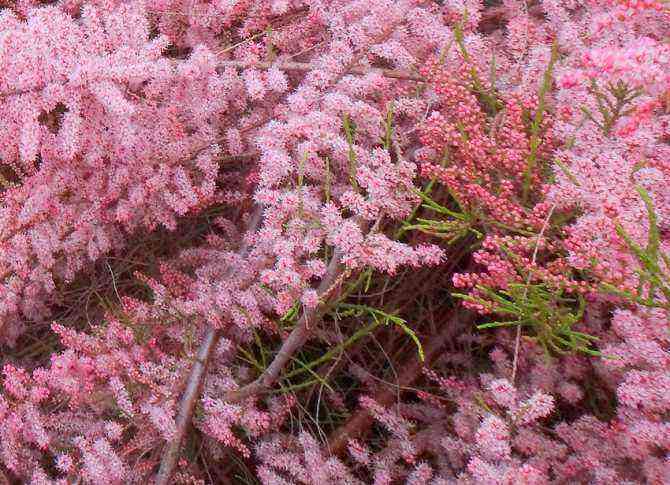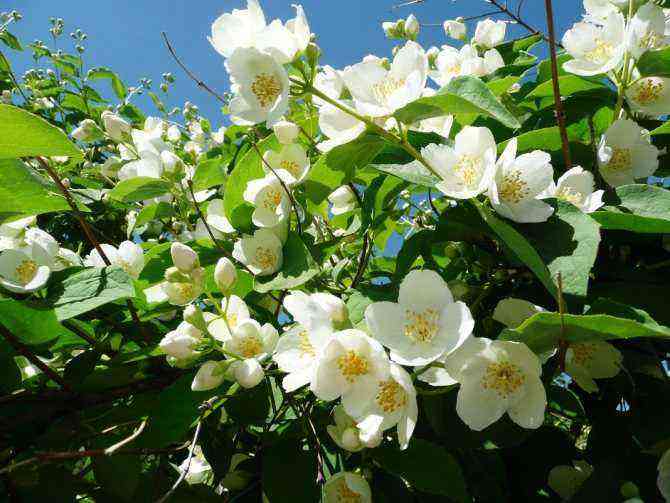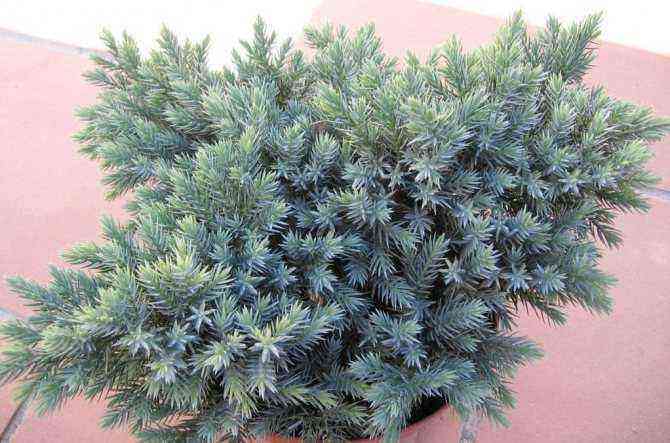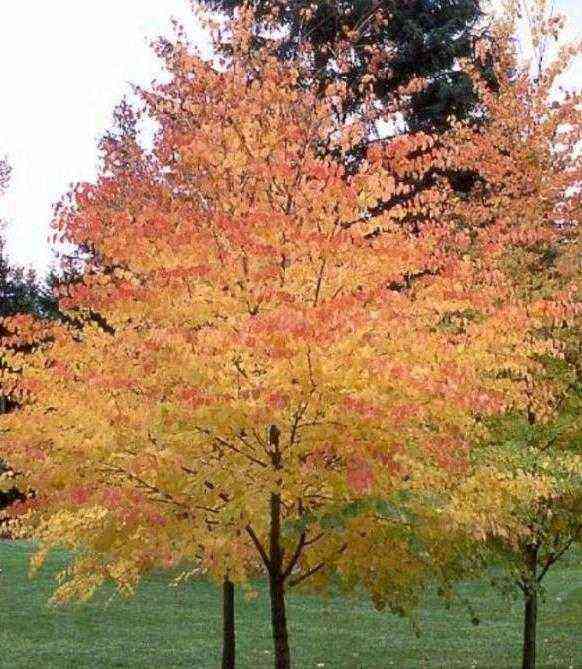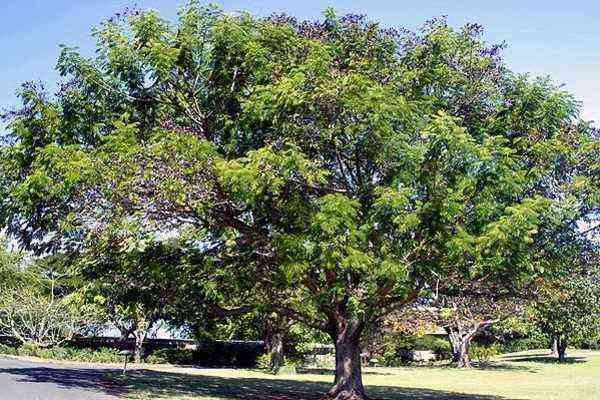La musa velutina it is a fantastic ornamental to incorporate into your garden. Just by looking at the photo you can already know if this plant of Asian origin would fit or not. As you can see, it seems that lately we have been teaching you unusual plants to try to integrate them into your space. If you want to be exclusive, find out about the pink palm tree and add it to your ornamental crops.
If we were to somehow describe the musa velutina we will say that it is a pink dwarf banana tree. Its interest is ornamental but it produces edible fruits. What makes it special is precisely the fact that it produces those rosy fruits that are attractive to the eye. They are actually high-growing herbaceous plants. Remember that with him Musa basjoo What we did was add it to the category of garden trees, and we commented that we did it because of its size and the size it acquires.
What climate might the musa velutina?
This herbaceous plant is associated with tropical crops for the fact of being a banana tree, but it can survive low temperatures. It is necessary to provide a little protection in winter, as well as avoid direct exposure to cold wind, but its roots survive temperatures of -5 ° C. However, its outer stems are affected by low temperatures and growth slows from 10º C (leaves are damaged at 0º C). Refering to lighting, it is convenient to place it in a semi shade, for example, near large trees, fences or the house itself.
Preparing the ground before planting the musa velutina
It is necessary that the soil has good drainage and be fertile. Regarding the latter, we have to make a mixture with the extracted earth together with organic matter (manure, compost, etc.), which will be enough to guarantee the growth of the musa velutina. In addition, anticipating what we will discuss in the irrigation section, it needs a large amount of humidity (that is why we have said about semi-shaded areas). You can use this trick that we have commented on other times, and that consists of carrying out a padded of the surface around the musa velutina.
Irrigation, a very important factor
Two of the components to take into account in the cultivation of musa velutina are subscriber and irrigation. It needs constant humidity for its development and you will be in charge of providing it with constant watering, of course, without flooding the soil. You have to always stay almost in the field capacity (It is an agronomic concept based on watering until almost saturation of the soil, constantly renewing evapotranspiration).
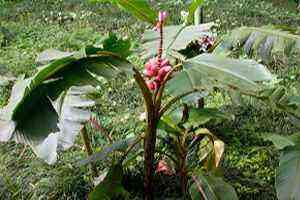
Muse velutina
Source: Kevin C. Nixon, Wilson Botanical Garden
The nutrition of the musa velutina
La musa velutina, as far as subscriber is concerned it is quite demanding. Apart from the organic matter that you will have to incorporate regularly on the banana tree, mineral deficiencies may arise that will be visually noticed by a yellowing of the leaves of the plant, denoting chlorosis. If this happens, it will be enough to incorporate some mineral fertilizer. Especially in the spring, when there is more vegetative activity in the banana tree.
How to multiply it?
If we have had an eye on this plant and want to incorporate it into our garden, we can do so through its seeds contained in the fruits. When we have them, we put the seeds for 2 days submerged in boiled water and renewing the water daily, and arrange them, as soon as possible, in a seedbed with good substratum that you will make sure that it is always wet. Place the seeds between 2 and 3 centimeters deep and place the seedbed in a place with light and high temperature (20-25ºC). The germination, honestly, it’s crazy, the same thing does it a month after planting them or a year. You have to be patient and check almost daily how the substrate is. No problem! let mother nature work 😉

Seeds within the fruit of musa velutina
Source: Kevin C. Nixon, Wilson Botanical Garden
